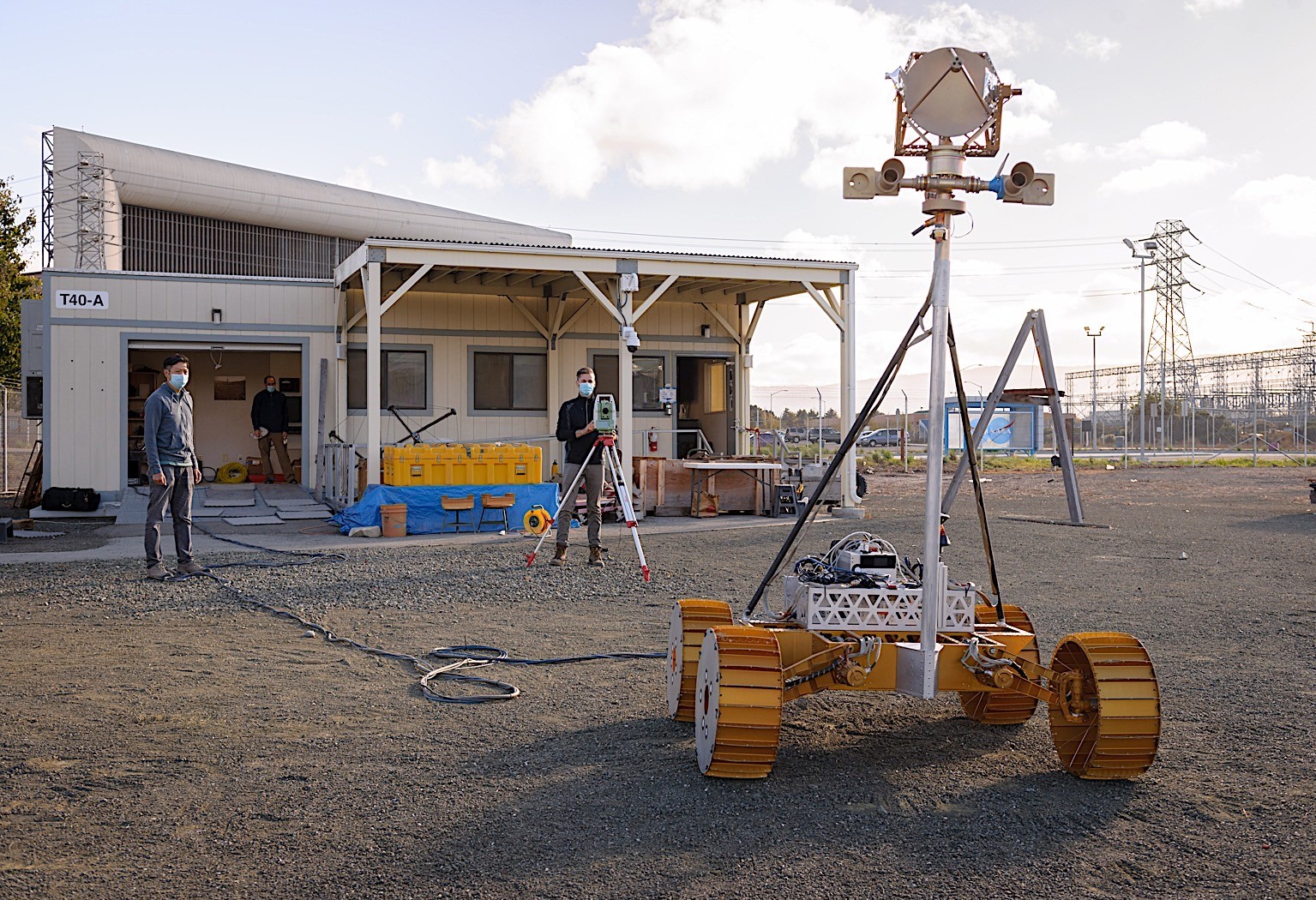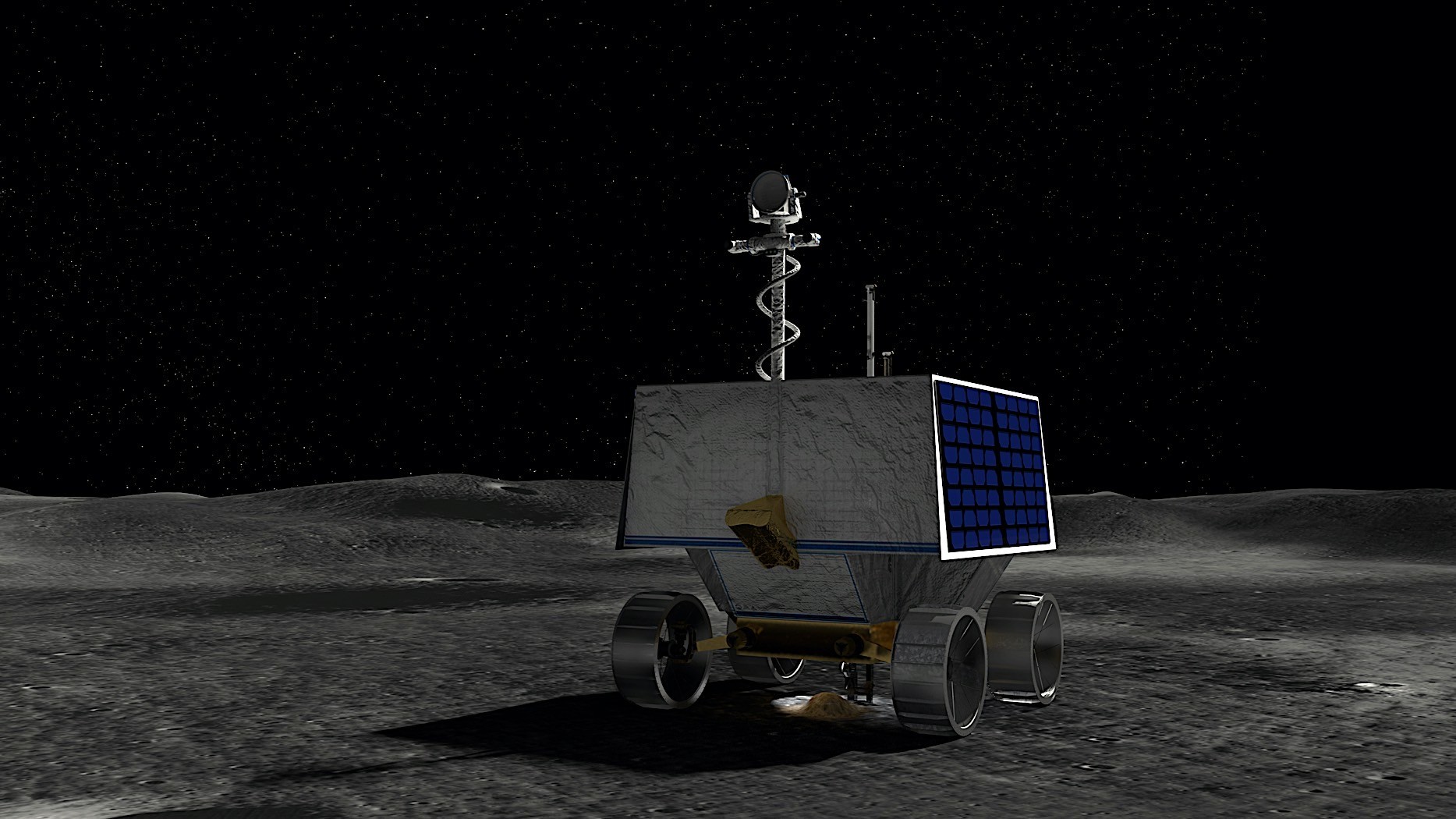America’s ambitious goal of constructing a permanent base on the Moon relies on a complex web of missions. Some, like rovers currently exploring the lunar surface, are already contributing valuable data.
Others are in various stages of development, all working towards the same objective. However, despite the promise they hold and the resources poured into them, a select few missions don’t make it to launch.
One such project recently met its demise: The Volatiles Investigating Polar Exploration Rover (VIPER). This rover held a significant place in American lunar exploration plans. Not only was it designed to be the nation’s first robotic explorer on the Moon, but it was also tasked with a crucial mission searching for water ice deposits.
Due to rising costs and potential conflicts with other missions within the Commercial Lunar Payload Services (CLPS) program, NASA has scrapped the VIPER lunar rover project. Unlike some shelved space endeavors that receive a second chance with renewed funding, VIPER’s fate is sealed.

Instead of gathering dust in storage, NASA is looking to dismantle the rover and give its parts a new lease on life in future Moon missions. But before the dismantling process begins, the agency is offering a brief window (closing on August 1st) for industry partners to claim VIPER’s components for their projects. What treasures does VIPER hold for these potential collaborators? This four-wheeled, boxy rover stands at roughly 5 feet tall with sides measuring 5 feet each.
Packed within its frame is a drill designed to unearth lunar ice, a solar-powered battery generating up to 450 watts of power, and an 8-foot mast bristling with navigation cameras, antennas, and innovative headlights perfect for illuminating those permanently shadowed craters the rover was originally designed to explore.
While the VIPER rover, a technological marvel designed to sniff out lunar water, won’t be gracing the Moon’s surface, its absence doesn’t spell doom for NASA’s water-hunting endeavors. This crucial resource, vital for sustaining human presence on the Moon, is still very much a target.
Instead of a single, high-profile rover, NASA is adopting a strategic, multi-pronged approach. The sophisticated instruments originally slated for VIPER will be making appearances on a series of upcoming missions over the next five years, effectively creating a fleet of water-sleuthing tools. This next generation of explorers will carry the torch, building upon the groundwork laid by VIPER and continuing its mission of uncovering the secrets of lunar water.

